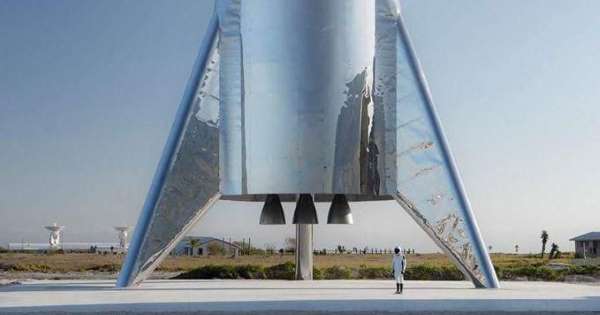Category: space travel – Page 382

These Researchers Want to Run a Cable From the Earth to the Moon
It would be much easier to escape Earth’s gravity if you could skip the energy-intensive rockets.
That’s the idea behind the Spaceline, a newly-proposed type of space elevator that would link the Earth and the Moon in a bid drastically cut the cost of space travel.
Described in research published to the preprint server ArXiv by researchers at Columbia University and Cambridge University, the Spaceline would be tethered to the surface of the Moon and dangle down into geostationary orbit around the Earth like a plumb bob, waiting for astronauts to latch on and ride into the cosmos. The proof-of-concept paper found that the Spaceline could be constructed out of materials that exist today, raising the possibility of easier space travel and perhaps even orbital settlements.
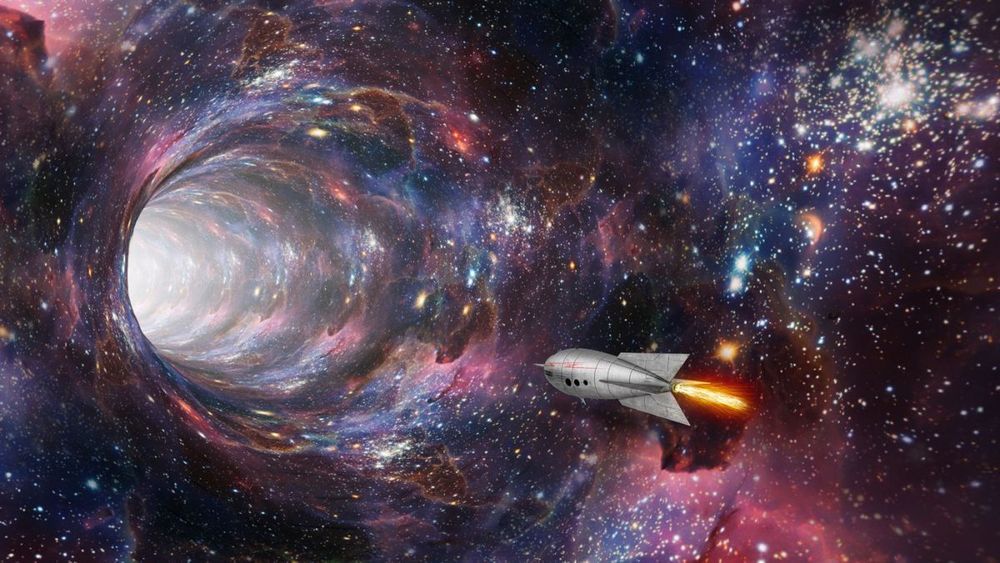
Physicists Just Released Step-by-Step Instructions for Building a Wormhole
I am going home :3.
Everybody wants a wormhole. I mean, who wants to bother traveling the long-and-slow routes throughout the universe, taking tens of thousands of years just to reach yet another boring star? Not when you can pop into the nearest wormhole opening, take a short stroll, and end up in some exotic far-flung corner of the universe.
There’s a small technical difficulty, though: Wormholes, which are bends in space-time so extreme that a shortcut tunnel forms, are catastrophically unstable. As in, as soon as you send a single photon down the hole, it collapses faster than the speed of light.

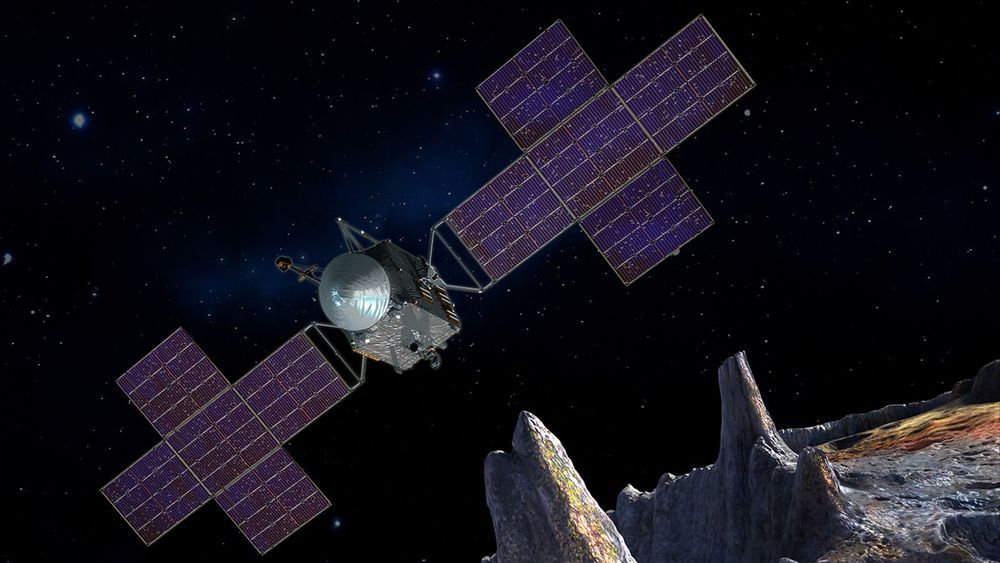
NASA’s Psyche Mission Has a Metal World in Its Sights
Designed to explore a metal asteroid that could be the heart of a planet, the Psyche mission is readying for a 2022 launch. After extensive review, NASA Headquarters in Washington has approved the mission to begin the final design and fabrication phase, otherwise known as Phase C. This is when the Psyche team finalizes the system design, develops detailed plans and procedures for the spacecraft and science mission, and completes both assembly and testing of the spacecraft and its subsystems.
“The Psyche team is not only elated that we have the go-ahead for Phase C, more importantly we are ready,” said Principal Investigator Lindy Elkins-Tanton of Arizona State University in Tempe. “With the transition into this new mission phase, we are one big step closer to uncovering the secrets of Psyche, a giant mysterious metallic asteroid, and that means the world to us.”
The mission still has three more phases to clear. Phase D, which will begin sometime in early 2021, includes final spacecraft assembly and testing, along with the August 2022 launch. Phase E, which begins soon after Psyche hits the vacuum of space, covers the mission’s deep-space operations and science collection. Finally, Phase F occurs after the mission has completed its science operations; it includes both decommissioning the spacecraft and archiving engineering and science data.
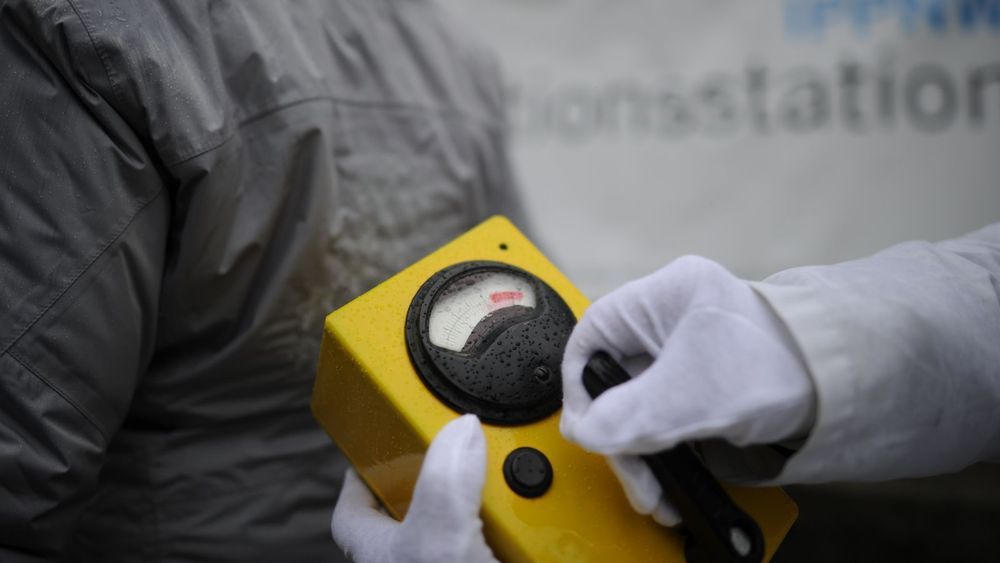
Russian Health Officials Blame ‘Fukushima Crabs’ for Cesium-137 Exposure After Mysterious Accident
A doctor who treated survivors of a mysterious nuclear accident in Russia was told that the radioactive isotope cesium-137 must have made its way into their body due to “Fukushima crabs,” according to CNN.
The August 8 incident at the Nyonoksa testing range on a platform in the White Sea has not yet been fully explained, but at least seven individuals have been reported dead after what nuclear agency Rosatom described as an accident involving an “isotope power source for a liquid-fuelled rocket engine.” It later emerged that the incident was serious enough that Russian officials in Arkhangelsk wavered over the issue of whether to issue evacuation orders for nearby towns. While several of the personnel deaths were due to an onsite explosion, the Washington Post reported this week (citing the Novaya Gazeta newspaper) that two individuals had died of radiation exposure before they could be taken to Moscow for treatment.
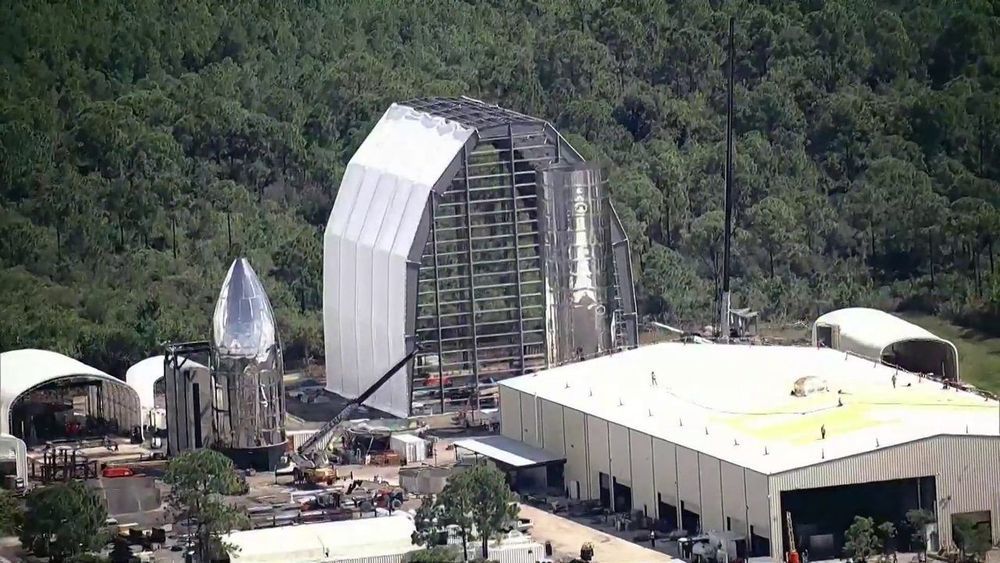
How SpaceX plans to move Starship from Cocoa site to Kennedy Space Center
KENNEDY SPACE CENTER, Fla. — Long before SpaceX can fly Starship to the moon or Mars, a prototype of the spacecraft must be moved from its construction site in Cocoa to the Kennedy Space Center for testing.
SpaceX representatives declined to answer News 6’s questions about how the private company will transport the spacecraft more than 20 miles between the two facilities or when the relocation will occur.
However, records obtained exclusively by News 6 reveal that in September the 180-foot-tall spacecraft could be towed along the State Road 528 Beachline Expressway before being placed on a barge in the Indian River for shipment to Launch Complex 39.
Settling On Mars Will Definitely Not Be Cheap According To Elon Musk
The conversation of humans moving out of this planet and exploring others like Mars for the purposes of finding one that can best support life as the earth does is one we have been hearing for quite a while. And with Elon Musk’s SpaceX and the crazy ambition that this billionaire has in mind, the idea has just been growing over the years to a point of influencing other entrepreneurs to have their own space companies that could make this a reality.
With SpaceX now seeming like the leader in the goal of planning the travel to Mars, Elon has been sure to make it clear that his dream goes beyond just that.
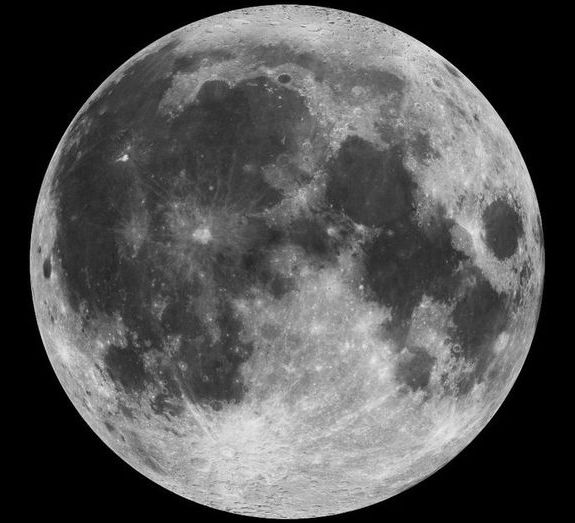
These three companies are all aiming to land the first private spacecraft on the Moon in two years
The Moon is a hot destination right now — especially for NASA, which wants to send people back to the lunar surface, but also for the private space industry. The most ambitious private lunar exploits are still many years off, but already, three companies claim they’ll be putting small robotic landers on the Moon in the next two years, amping up a small space race.
So far, no private entity has landed something successfully on the Moon. Only three government superpowers — the United States, China, and Russia — have ever been able to gently touch down vehicles on the lunar surface, and the Indian government may become the fourth in September. An Israeli nonprofit, SpaceIL, attempted to land the first private spacecraft on the Moon in April, but an early engine shutdown caused the vehicle to crash into the lunar surface instead. That means the door is still open for one of these three companies to make the first private lunar landing.
